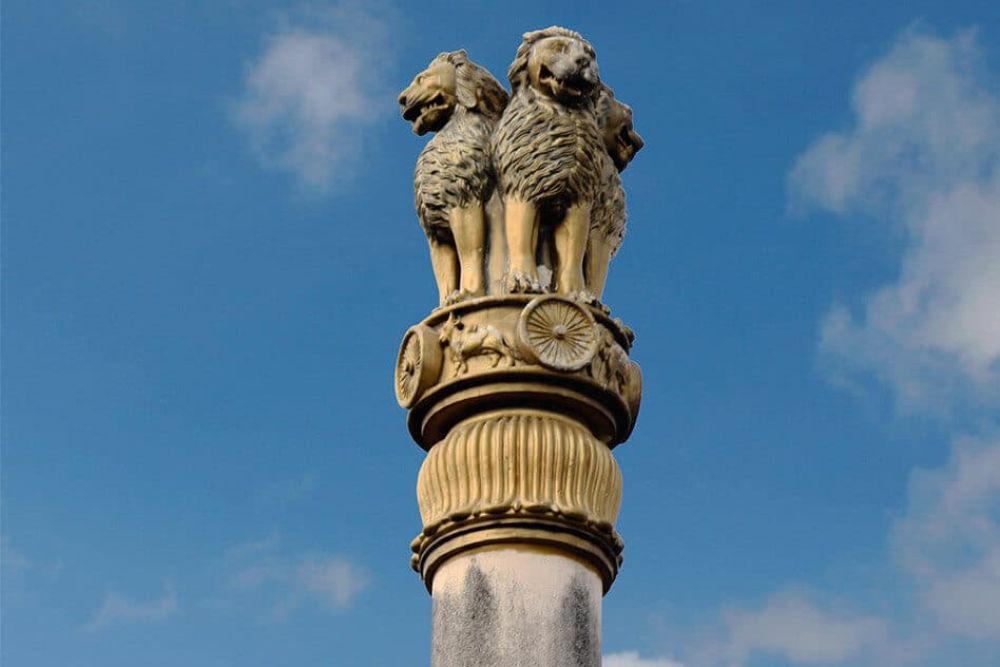The Ashoka Pillar at Sarnath, located in Uttar Pradesh, India, is one of the most famous pillars erected by Emperor Ashoka of the Mauryan Dynasty. The pillar is notable for its architectural and historical significance, as it features the lion capital, which has been adopted as the national emblem of India. It marks the site where Gautama Buddha first taught the Dharma after his enlightenment.

